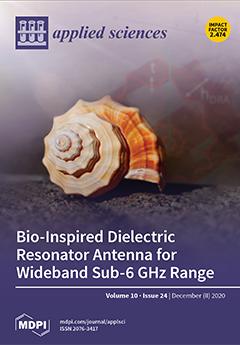The purpose of this study was to investigate the relative weights of physical strength factors in sports events. We selected 16,645 people as a sample group who participated in physical fitness measurements through eight sports science centers across the country from 2016 until
[...] Read more.
The purpose of this study was to investigate the relative weights of physical strength factors in sports events. We selected 16,645 people as a sample group who participated in physical fitness measurements through eight sports science centers across the country from 2016 until August of 2018, and divided into four sports types depending on the sports physiological view: type A: short-term muscular power and short-term muscular endurance, type B: mid-term muscular power, type C: long-term cardiorespiratory endurance, type D: coordination capability (CC), agility, flexibility, and balance. Categorized the performance level into excellent athletes and non-excellent athletes, and standardized (T-score) the measured value after considering sex, age and sports type group. Used logistic regression analysis for the method of analysis, and calculated the relative weights of physical strength factor with different sports by using Wald value which was calculated from logistic regression analysis. As a result, the relative weights of physical factor in type A were power 30%, muscular power (MP) 18%, CC 16%, agility 11%, flexibility 10%, cardiorespiratory endurance (CE) 1%, and balance 0%. The relative weights of physical factor in type B were muscular endurance (ME) 43%, MP 25%, power 20%, balance 9%, CE 2%, flexibility 1%, agility 0%, and CC 0%. The relative weights of physical factor in type C were ME 41%, CE 37%, power 10%, agility 8%, flexibility 2%, CC 2%, ME 0%, and balance 0%. Need more specific classification standard for type D sports. Hope the results of this study were used to measure physical fitness level and used as baseline data for recruiting future talents.
Full article





